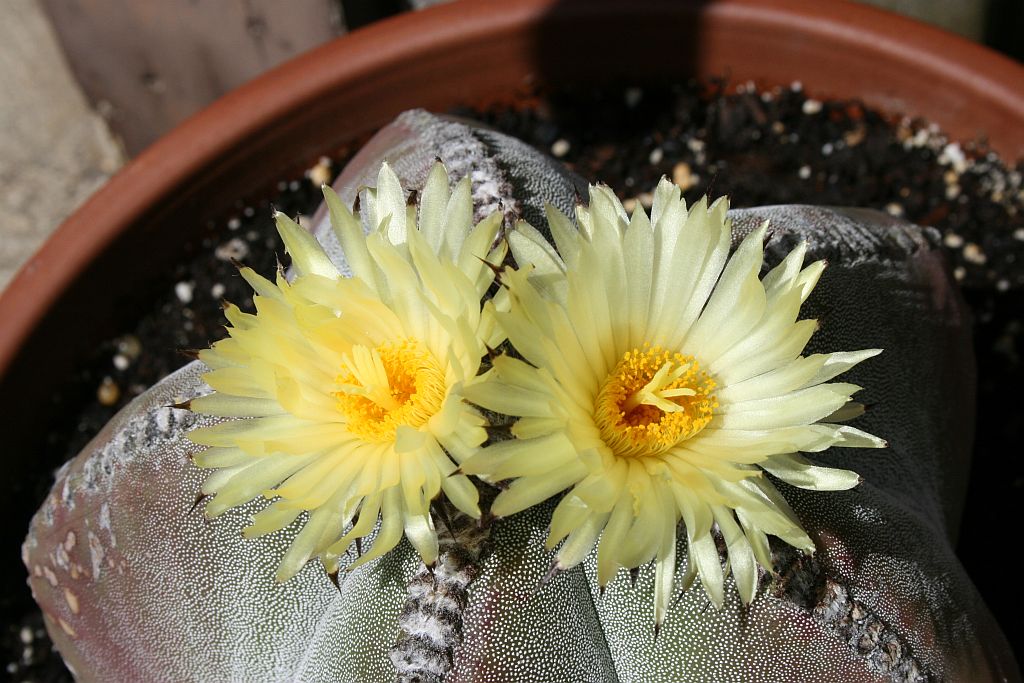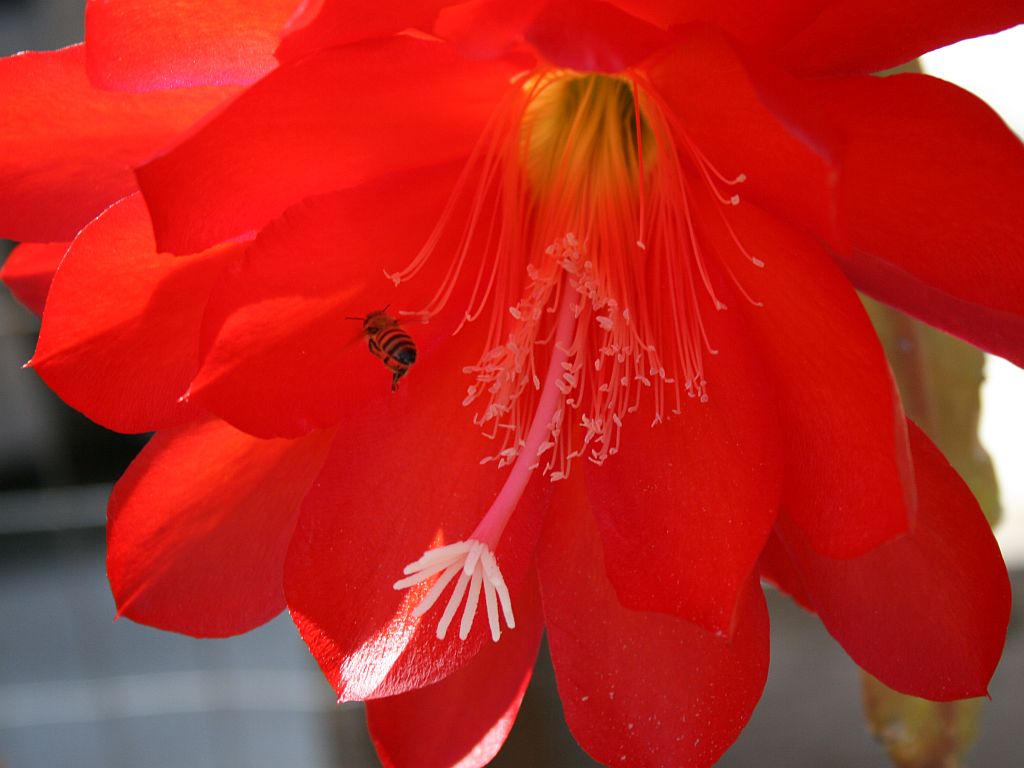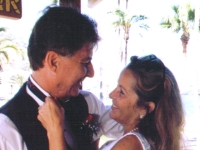Not that we’re big into the Audubon Society, but we do like to attract birds to the backyard by keeping the feeders stocked with songbird seed mix. I happened to get out the telephoto lens and caught this little House Finch looking at me taking a photo of him.
WikiPedia has this about House Finches:
Adults have a long, square-tipped brown tail and are a brown or dull-brown color across the back with some shading into deep gray on the wing feathers. Breast and belly feathers may be streaked; the flanks usually are. In most cases, adult males’ heads, necks and shoulders are reddish. This color sometimes extends to the stomach and down the back, between the wings. The male coloration varies in intensity with the seasons and is derived from the berries and fruits in its diet. As a result, the colors range from pale straw-yellow through bright orange (both rare) to deep, intense red. Adult females have brown upper parts and streaked under parts.
Their song is a rapid, cheery warble or a variety of chirps.

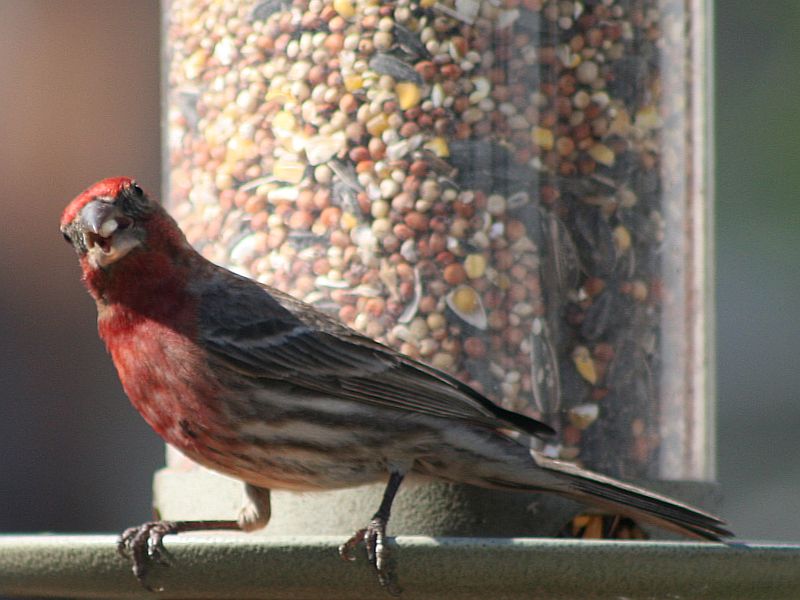
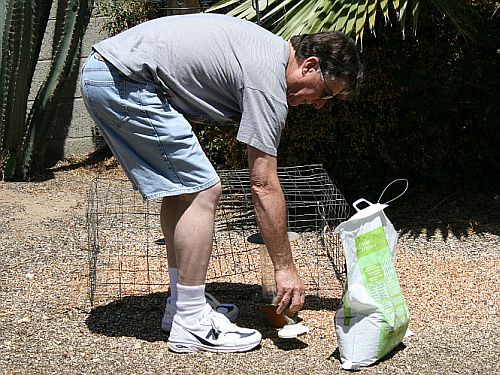
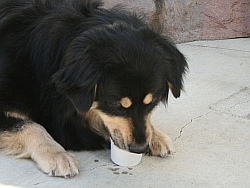 Frosty Paws is an ice cream treat for dogs, and as you can see, Bear loves them.
Frosty Paws is an ice cream treat for dogs, and as you can see, Bear loves them.
